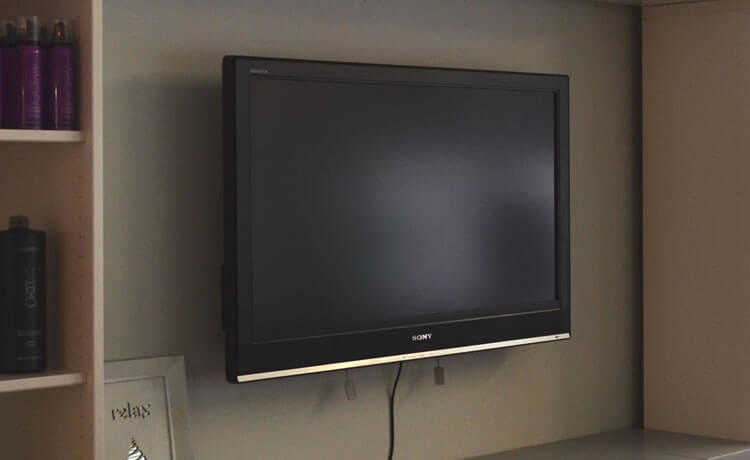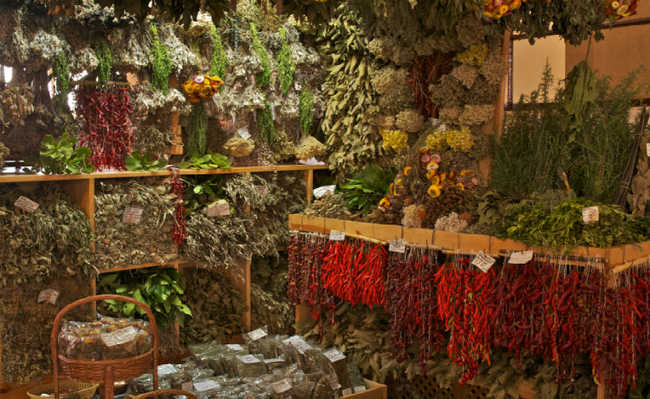Espresso Capsules: Convenient, But Care Needed
Making coffee has never been so practical, but some capsule models present risks to human health and nature

"30/365: Night Hours" (CC BY-SA 2.0) by anieto2k
Finding coffee capsules has never been easier. There are several brands on the market, with different prices and flavors, and the variety also affects the material with which each one of them is produced. The system developed by the company Keurig popularized the capsule model and shook the traditional way of making coffee, allowing the famous coffee espresso , written in the original Italian spelling, or expressed in good Portuguese, be enjoyed at home.
The new method is very practical: just place a small sealed capsule filled with coffee in a machine. The mechanism removes or pierces the lid and squirts the necessary amount of hot water into the coffee - there are also models with tea and flavored coffees or with milk. In a few moments, it is possible to taste the drink.
The pots produced by the American company are made of plastic, as are the Dolce Gusto coffee capsules. The capsules of Nespresso, a pioneer in the sector in Brazil, are made of aluminum, a model that reduces damage. Another prominent brand in the Brazilian coffee capsule market is Três Corações, which also has its own machine.
- Crafts with used espresso coffee capsules
Capsule models made from plastic are of concern to critics and scientists. In the US, coffee capsules are already the second most popular way to consume the drink, according to the newspaper Seattle Times. The ease of making coffee and the possibility of having an espresso (or something close to it) at home are great attractions. However, it is necessary to be aware of the environmental impacts of this choice.
Journalist Murray Carpenter, in his book Caffeinated, calculated that the total number of K-Cups coffee capsules (those from Keurig) produced in 2011 would be able to travel around the world more than six times. In addition, the growing demand for the method has raised concerns from critics and scientists about the composition of the material used in the manufacture of coffee capsules, as it could be harmful to health and the environment. That's the big dilemma.

"Hot Apple Cider K-Cups" (CC BY 2.0) from m01229
The Senior Resource Specialist at National Resources Defense Council US (Natural Resources Defense Council), Darby Hoover, said that most coffee capsules are not recycled due to their small size. Plastic models are dominant in the country, but there are also aluminum or biodegradable options there.
Despite the competition, Sandy Yusen, spokesperson for Keurig, which is the industry leader in the United States, claims that finding a replacement for plastic is very difficult, because coffee is a perishable food and, therefore, the packaging compound must avoid sunlight, moisture and contact with the oxygen to conserve the product.
health risk
When asked about the plastic material that concerns him due to contamination, the spokesperson states that the materials used in the K-Cups are safe and BPA-free and meet or exceed applicable US standards. However, the company does not inform what types of plastics are used in the product's packaging, which opens up for the possible use of polystyrene, a compound that is highly harmful to health (it is a possible carcinogen).Learn more about the different types of plastics:
In addition to investing in practicality, it is necessary to consider the set of factors added to the use of coffee capsules, whether they are Nespresso, Dolce Gusto, Três Corações or other brands. Composition materials vary and it is important to analyze if they are recyclable, if there are collection points in your region and if there are health risks involved. The brands themselves, as competition in the sector increases, need to worry about the material used for the composition of their capsules.
What to do with used capsules?
The destination to be given to coffee capsules is an issue that needs to be thought of both by consumers and manufacturers. This is an expanding market, with possibilities for growth, and with this the importance of thinking about the impact of the product on the environment increases.
The aluminum capsules, a version that began to be produced by Nespresso and later gained adhesion from other brands, are 100% recyclable. Aluminum can be sent to selective collection stations as metal and the coffee grounds can be composted. But for this, the consumer needs to separate the materials. Nespresso offers specific collection points where its customers can take their used capsules in one piece.
In addition to the disposable capsules, there are even options where you buy a single reusable capsule, which can be refilled multiple times. It's a way to use the espresso machine and reduce the environmental impact. Learn more in the article "What to do with used coffee capsules?" and check out craft tips with used espresso coffee pods.
Another possibility is to opt for a more sustainable model of coffee making, such as Moka, made with the Italian coffee maker, which is also super easy, practical and has very little environmental impact - in addition, the coffee produced by this method has a strong flavor and full-bodied, similar to the espresso. You can also rescue the coffee from a percolator, but changing the paper filters for a cloth percolator or even a steel percolator. Learn more in the article: "How to make coffee in the most sustainable way".
Regardless of the method chosen, coffee grounds are an excellent natural fertilizer.
Check out below how to prepare coffee with the K-Cups, the most common plastic model in the US:










